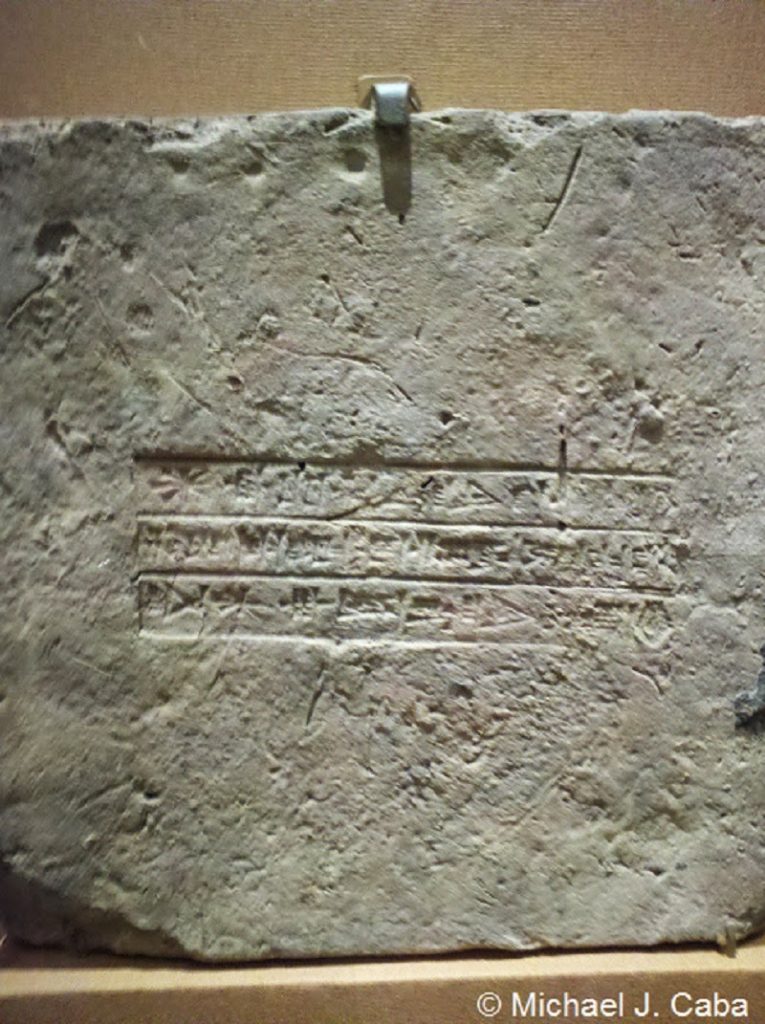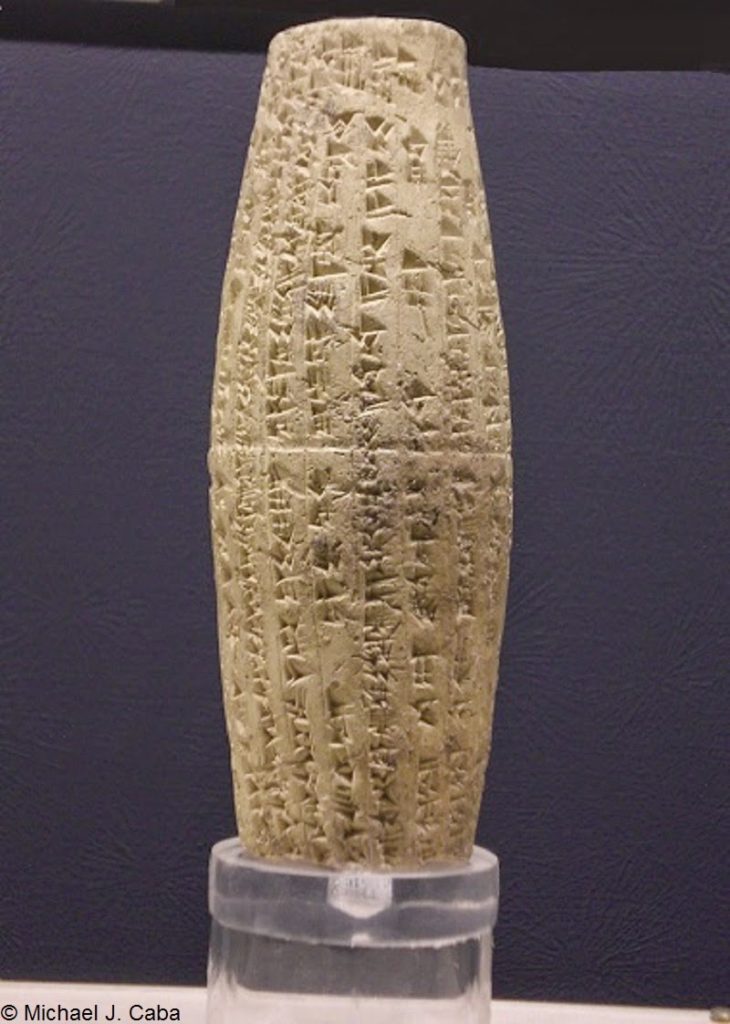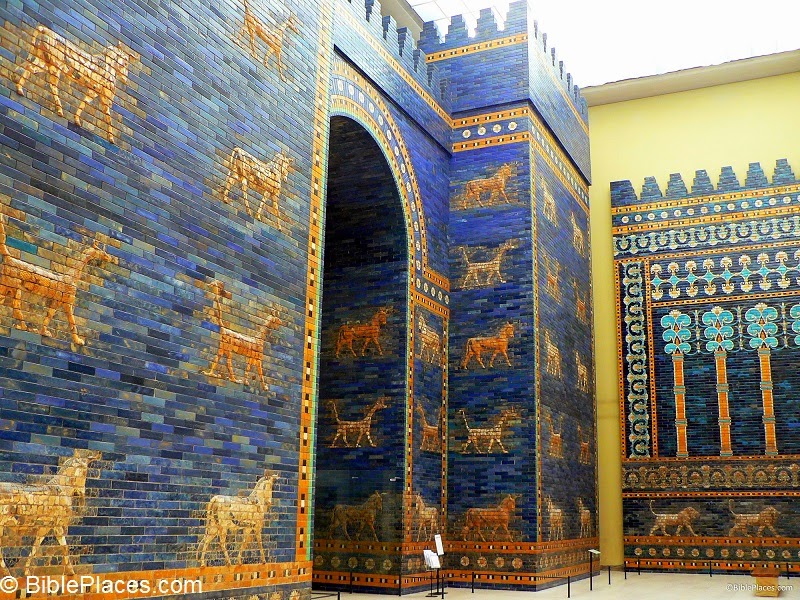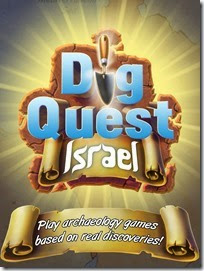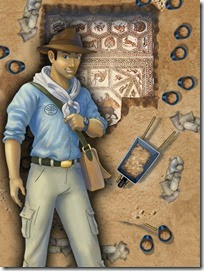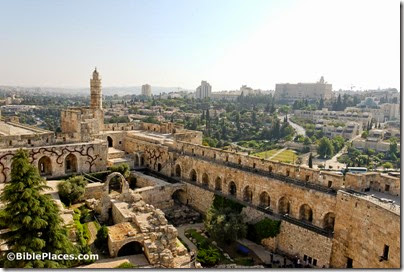A Roman game board from the first or second century AD has been discovered in southern Turkey.
Some extremely well-preserved mosaics have been discovered near the Syria-Turkey border.
France is returning 300 artifacts stolen from Egypt.
Why did the Egyptians use scarabs? Michael Wall’s recent lecture on the role of insects in religion explains.
“What can we learn about the time of Abraham from simple stone beads?” Geoffrey Ludvik explains on this week’s interview on The Book and the Spade.
The Pompeii Bibliography and Mapping Resource (PBMR) is “working to map the landscape of publications about Pompeii onto the space of the ancient city itself, creating a unified, bi-directional interface to both resources.”
A “small underwater Pompeii” has been discovered off the shore of the Greek island of Delos.
Climate change apparently did not cause the end of the Bronze Age.
James Cuno, the President and CEO of the J. Paul Getty Trust, makes the case against repatriating museum artifacts in the latest issue of Foreign Affairs.
The Biblical Archaeology Society is running a Thanksgiving sale through Thursday.
Sharon Zuckerman, co-director of the Tel Hazor Excavations and senior lecturer at the Institute of
Archaeology at the Hebrew University of Jerusalem, died on Friday. She was 49.
HT: Agade, Charles Savelle, Chris McKinny
